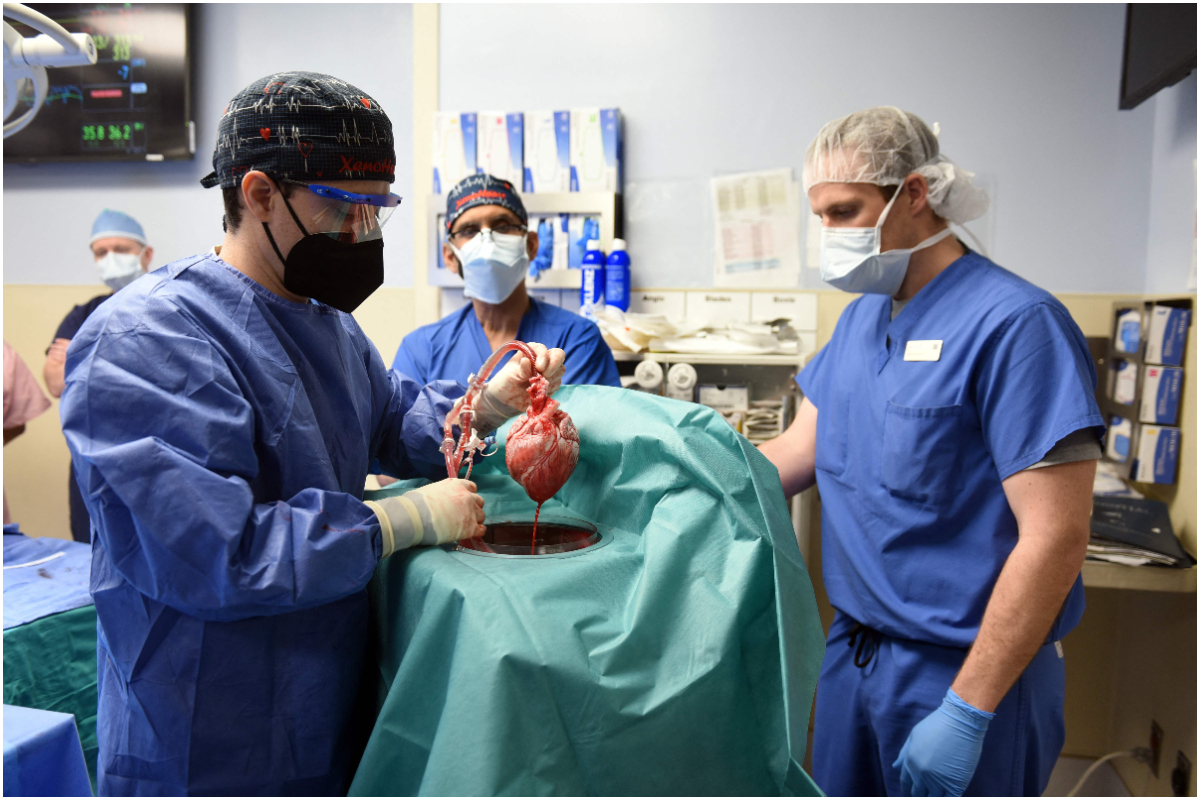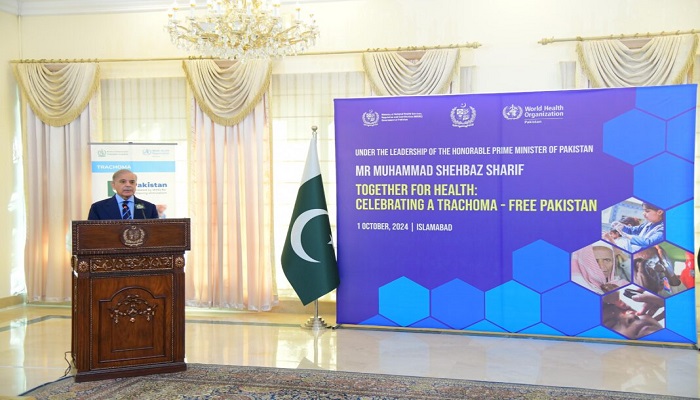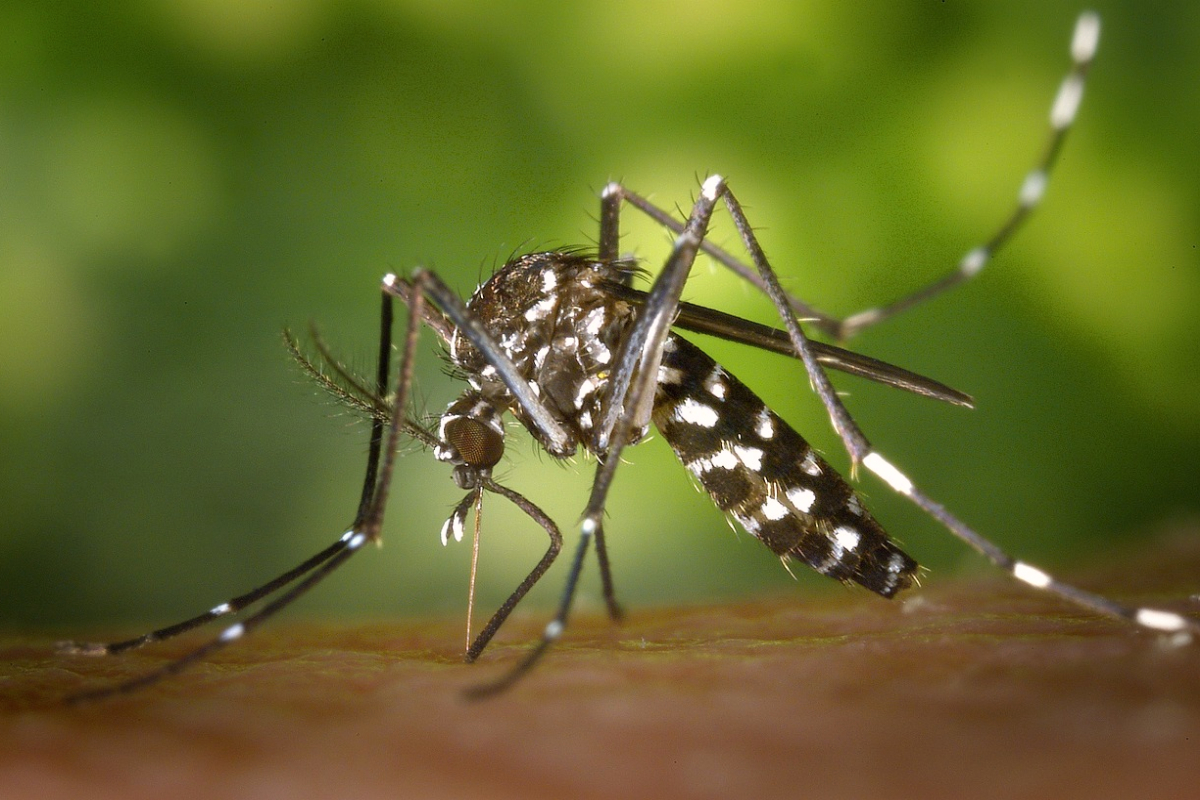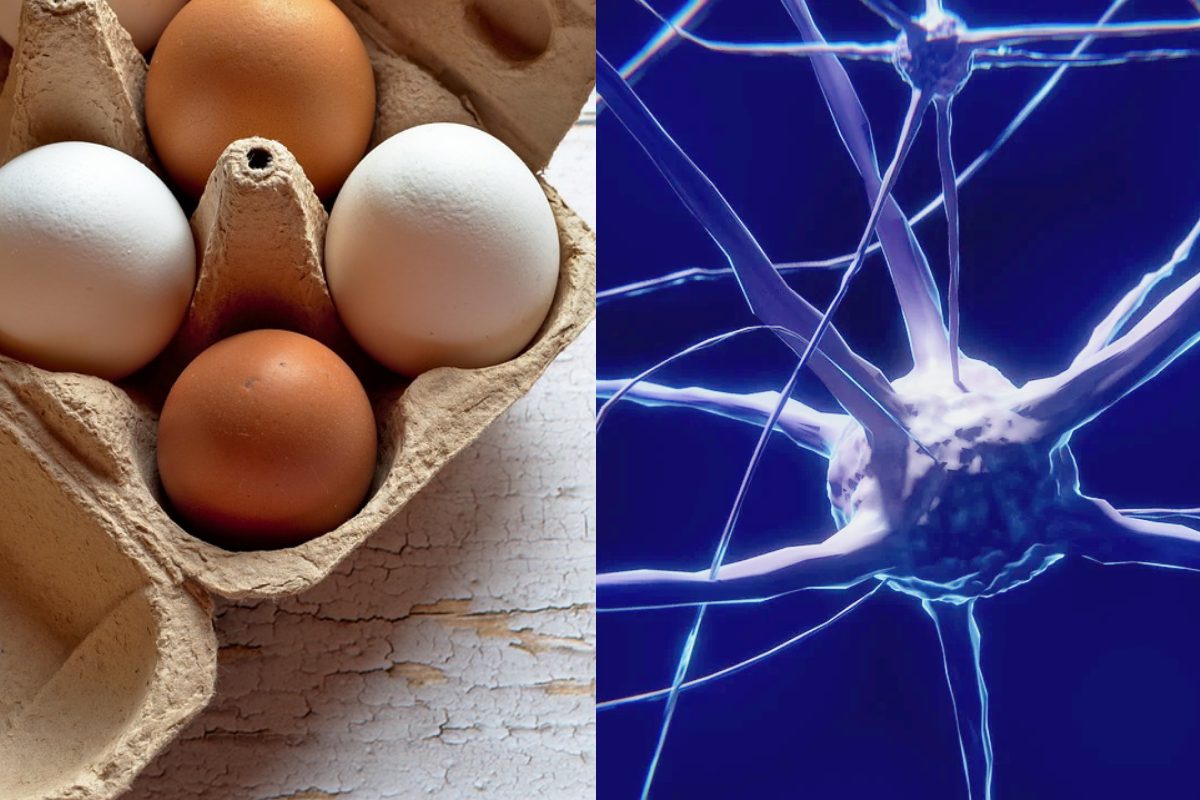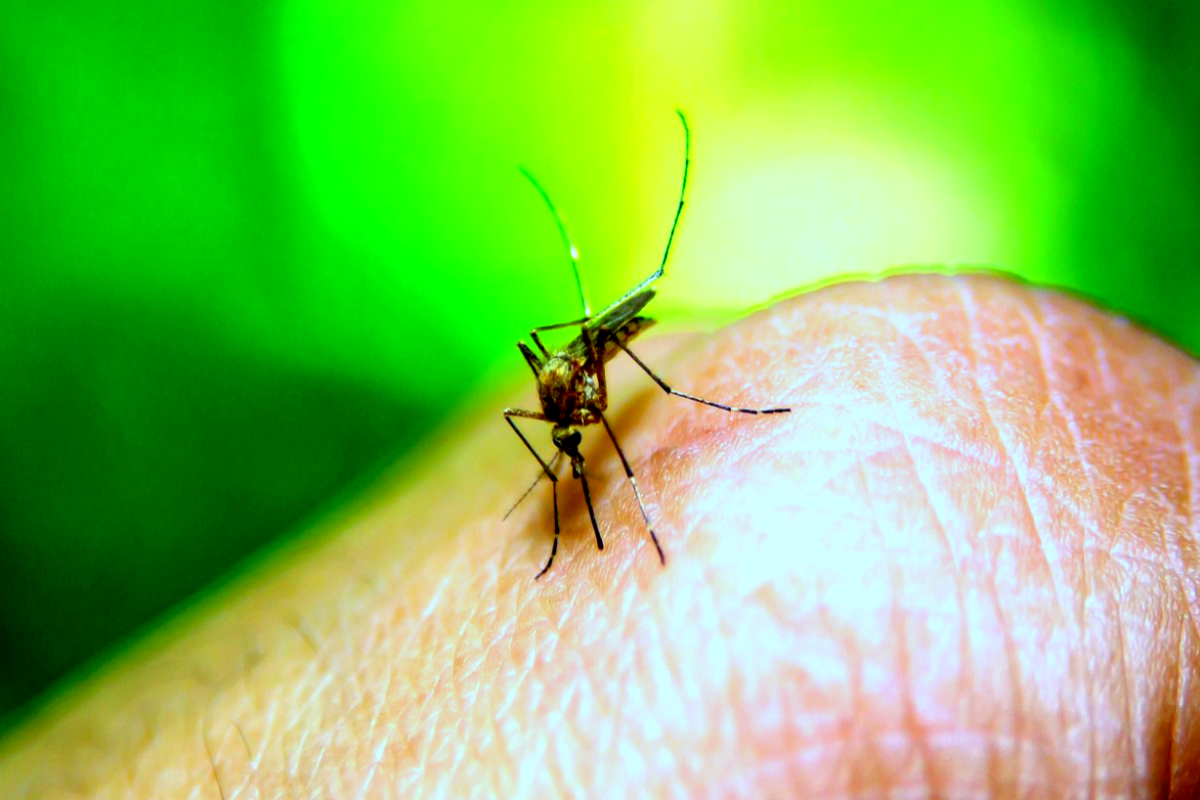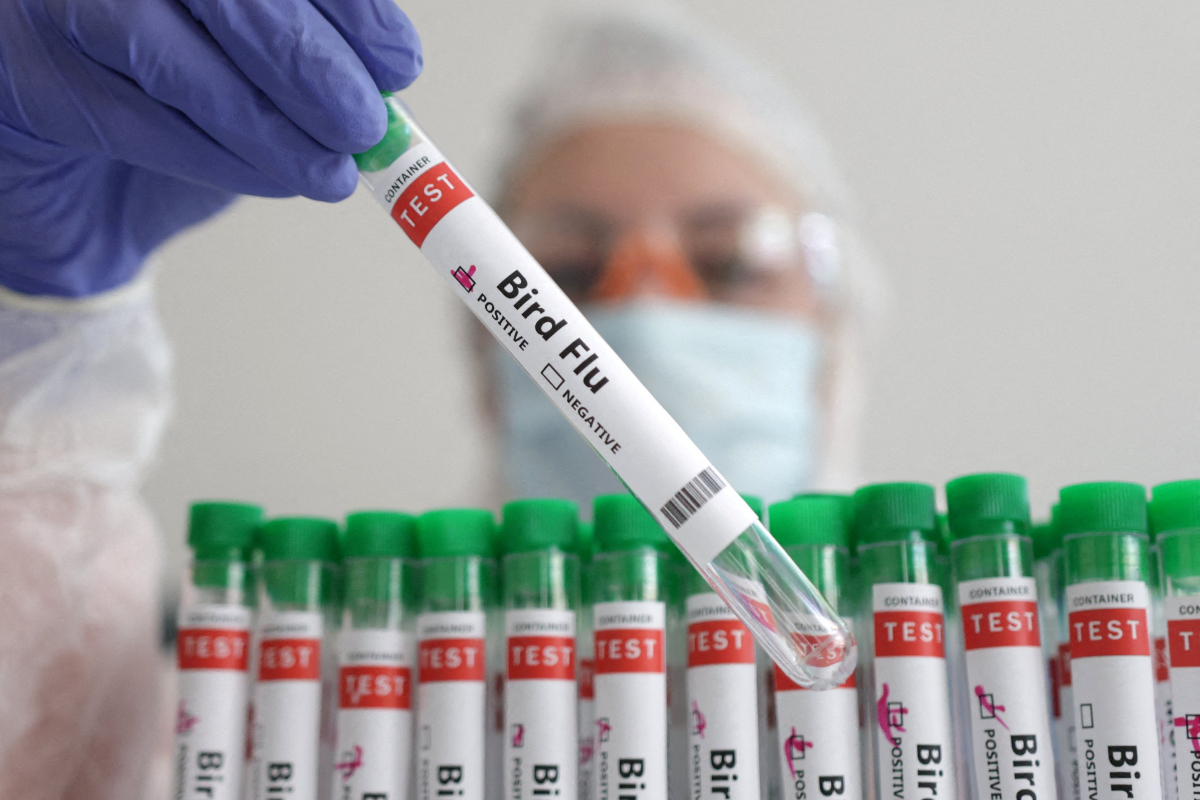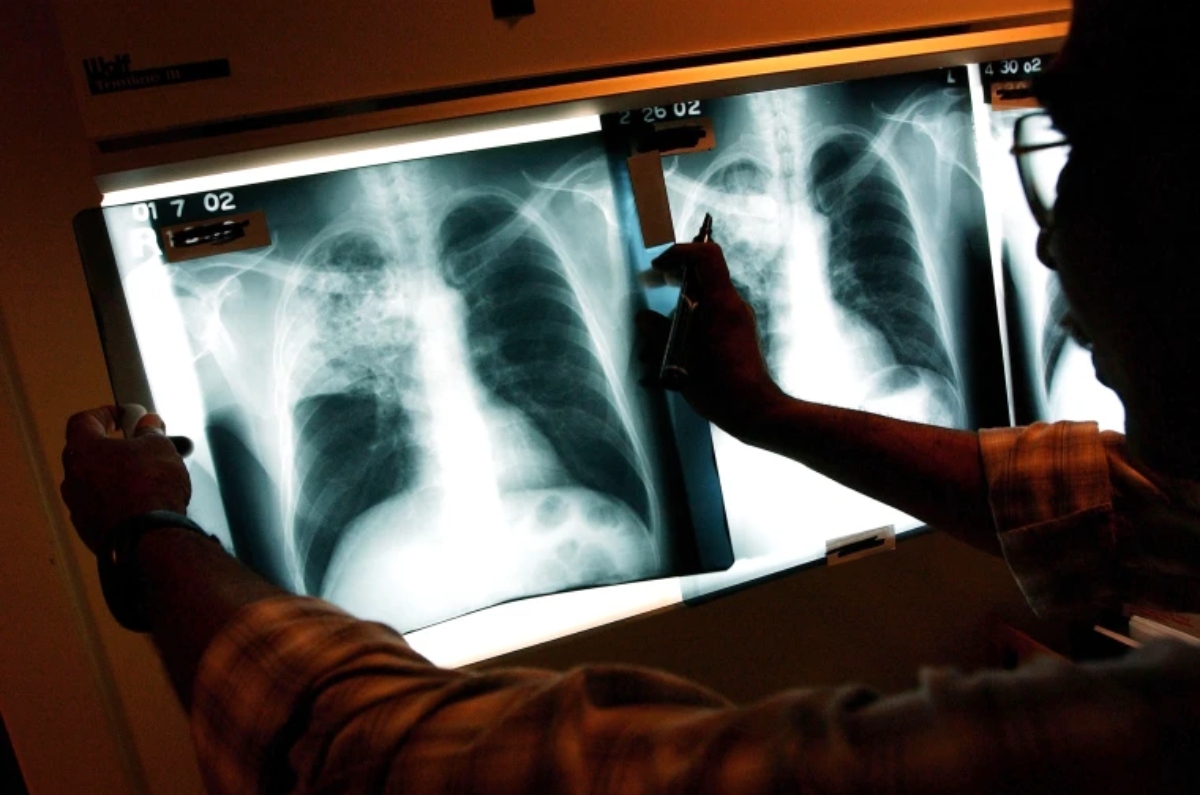- World’s first procedure utilizing placental stem cells saved the life of a newborn.
- Baby Finley’s heart defect was fixed by Professor Massimo Caputo.
- The two-year-old Finley is “now a happy growing little guy.”
A heart surgeon claims that after performing a “world-first” procedure utilising placental stem cells, he “probably saved the life” of a newborn.
Baby Finley’s heart defect was fixed by Professor Massimo Caputo of the Bristol Heart Institute using cutting-edge stem cell “scaffolding.”
He wants to advance technology to reduce the number of operations required for congenital heart disease patients.
The two-year-old Finley is “now a happy growing little guy.”
He underwent his first open-heart surgery at Bristol Royal Hospital for Children when he was just four days old due to the fact that the main arteries in his heart were positioned incorrectly at birth.
His cardiac function significantly declined as a result of the surgery’s failure to address the issue, and the left side of his heart had a severe loss of blood flow.
Melissa, his mother, a native of Corsham, Wiltshire, said: “We knew from the beginning that his chances of living were slim.
“Finley finally emerged from surgery after 12 hours, but he required a heart and lung bypass equipment to maintain his life, and his heart function had drastically declined.”
After spending weeks in intensive care, it appeared that Finley’s ailment could not be treated conventionally and that he was dependent on medications to keep his heart beating.
However, a novel technique utilising stem cells from a bank of placentas was explored.
In the hopes that the cells would aid in the growth of damaged blood arteries, Prof. Caputo directly injected the cells into Finley’s heart.
Millions of the so-called “allogenic” cells were put into Finley’s heart muscle after being created by researchers at London’s Royal Free Hospital.
In Finley’s instance, allogenic cells were able to restore injured heart muscle because they have the capacity to develop into tissue that is not rejected.
Prof. Caputo stated, “We weaned him from all the medicines he was taking, and we weaned him from ventilation.”
He was released from the intensive care unit and is now a content growing youngster.
A stem cell scaffold is created using a bio-printer to fix gaps in the two major pumping chambers of the heart and to repair defects in blood vessel valves.
For cardiac repairs, artificial tissue is typically used on infants, but it might fail and doesn’t expand with the heart, so as kids get older, they need more procedures.
After successful laboratory work, Prof. Caputo believes that a clinical study of the patches will take place within the next two years.
For patients like Louie from Wales, who has a plethora of congenital heart abnormalities, the stem cell plaster study provides hope.
The 13-year-old Cardiff resident underwent his first open heart surgery with Prof. Caputo at the age of two weeks, and then another one at the age of four to replace the hardware holding his heart together.
However, the materials can’t grow with him because they’re not entirely organic, so he must repeat procedures.
According to the British Heart Foundation, every day in the UK, some 13 infants are diagnosed with a congenital heart defect, a heart ailment that arises before the baby is born. Louie is one of these infants.
The materials used to repair the heart can induce scarring in the heart, which can result in various issues, and they can gradually break down and fail in just a few months or years if the patient’s immune system rejects them.
As a result, a kid may require the same heart surgery more than once while still a youngster. In the UK, 200 repeat procedures for congenital heart abnormalities are performed each year.
As a result of the advancement in stem cell technology and tissues that can develop along with his body, Louie believes that the number of operations he must undergo will be considerably reduced.
He stated, “I don’t like having the surgeries.
“Knowing that I need an operation every couple of years is not healthy in the long run, therefore that would make me much more relaxed.”
According to Prof. Caputo and his colleagues, the NHS may save millions of dollars annually by using stem cell technology, which is anticipated to save the NHS £30,000 for each procedure that is no longer necessary.
The study was praised by Dr. Stephen Minger, a stem cell biology specialist and director of SLM Blue Skies Innovations Ltd.
He stated: “According to the majority of research I am aware of, stem cell infusion has only a minimally beneficial therapeutic effect on adults with cardiac malfunction or failure.
“I’m pleased that the clinical team will proceed with a traditional clinical trial, which should inform us if this was a “one-off” success and also provide us with a greater knowledge of the mechanics behind this,” said the researcher.
[embedpost slug=”first-person-with-pig-heart-dies-two-months-after-transplant-surgery/”]

